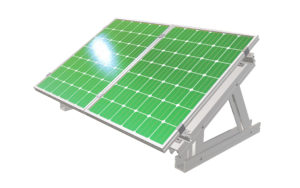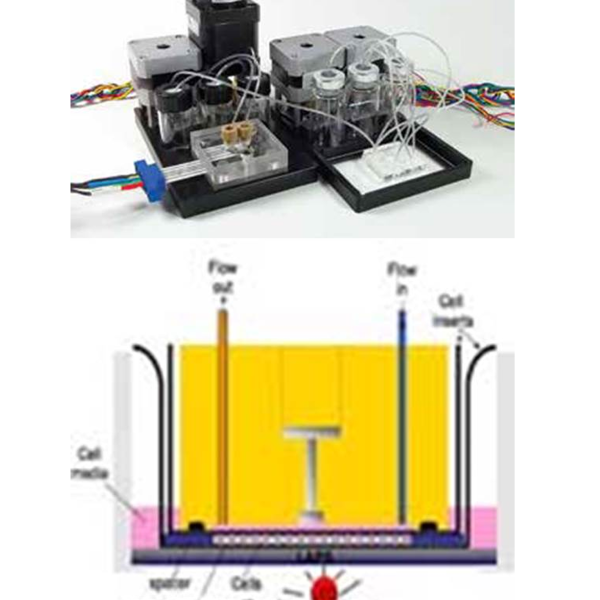Photosystem I-Based Biohybrid Solar Energy Conversion

Photosynthesis is the process by which plants, algae and cyanobacteria convert solar energy into chemical energy. At the heart of this process are two protein complexes known as Photosystem I and Photosystem II. In this project, we isolate Photosystem I protein complex from spinach leaves and interface it with electrochemical mediators, electron/hole transport materials and electrodes (such as metals, semimetals and semiconductors). Through studying these protein-material interactions, we further our understanding of Photosystem I as a macromolecular photosensitizer. Our lab collaborates with the Jennings lab at the Chemical and Biomolecular Engineering department here at Vanderbilt University. Our collaborative research efforts aim to increase direct charge transfer between individual PSI protein molecules and reduce resistive losses associated with indirect charge transfer.
We have 4 current areas of research within our Photosystem I team:
- Interfacing PSI with Carbon Nanomaterials
- Incorporating PSI into Conductive Three-Dimensional Frameworks
- Development of Solid-State PSI-Based Photovoltaics
- Oriented PSI Monolayers for Aqueous-Organic Redox Flow Battery
You can learn more about these projects here.
Real-time Monitoring of Bioenergetics
 Energy metabolism in living cells inovles the consumption of glucose and oxygen, resulting in the production of lactate and extracellular acidification. Monitoring changes in these analytes is a useful tool for styding metabolism effects from external stimuli, including toxins and pathway inhibitors. We have developed the Multianalyte Microphysiometer (MAMP) for just such celular studies. Additionally, offline instrumentation detecting these same analytes is being developed and implemented for the analysis of Organ on a Chip (OoC) bioreactors.
Energy metabolism in living cells inovles the consumption of glucose and oxygen, resulting in the production of lactate and extracellular acidification. Monitoring changes in these analytes is a useful tool for styding metabolism effects from external stimuli, including toxins and pathway inhibitors. We have developed the Multianalyte Microphysiometer (MAMP) for just such celular studies. Additionally, offline instrumentation detecting these same analytes is being developed and implemented for the analysis of Organ on a Chip (OoC) bioreactors.